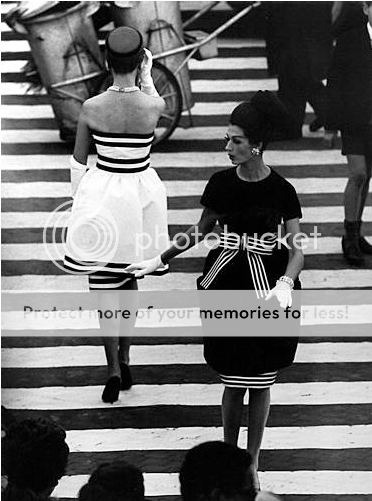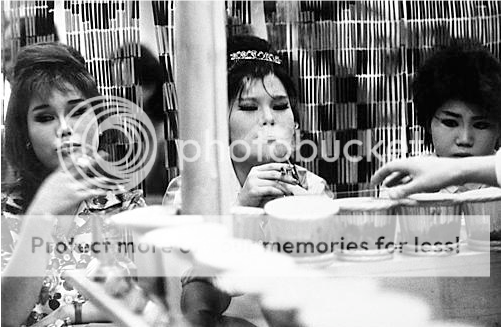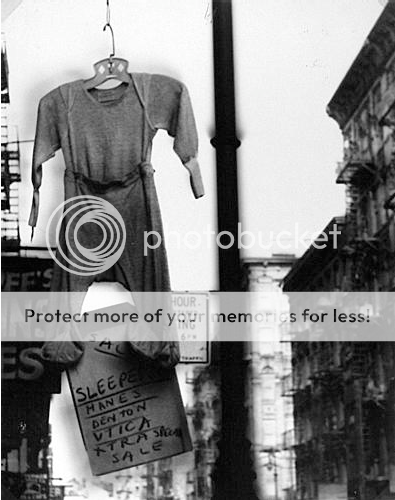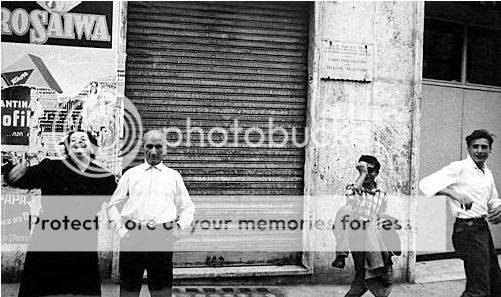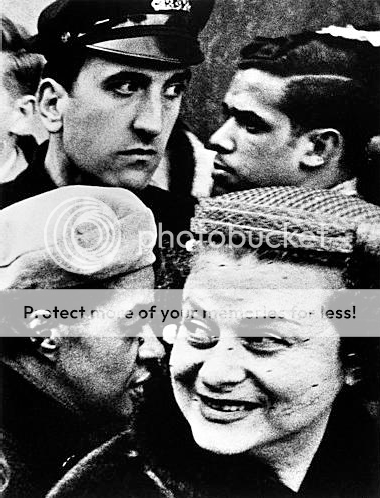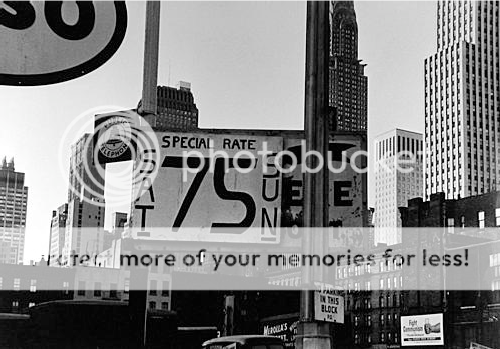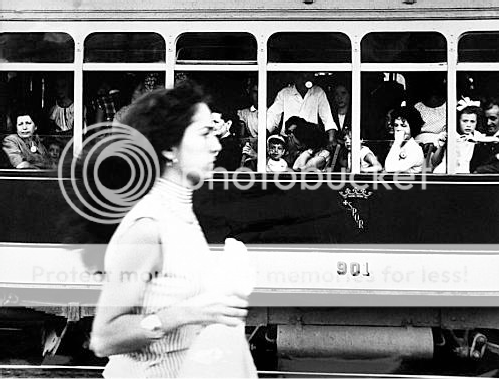Multitudes
Of a bastard line.
- Joined
- Nov 27, 2005
- Messages
- 9,301
- Reaction score
- 2
A very significant photographer, in my opinion, both in relation to photographing fashion, cityscapes, people etc.  ...
...
 ...
...Source: photography.about.comWilliam Klein(1928- )
William Klein was a sculptor who grew up in New York and went to work in Fernand Leger's Paris studio. He became interested in photography to record movement in his sculpture and started using a camera. He was soon photographing other things that took his interest, and in 1954 his work was seen by American Vogue art director (and another sculptor) Alexander Liberman, who offered him a contract as a fashion photographer.
Liberman saw in his work a fresh approach, and one that seemed to have a certain violence that would move the magazine away from the 'polite' images of Cecil Beaton. Because Klein did not know how to use a studio, took the models out onto the streets to photograph. Later he pioneered the use of wide angle and telephoto lenses for fashion work.
Klein's photoreportage style involved a rejection of the by now classic idea of the photographer as a 'fly on the wall', an unseen recorder of events. Klein recognized and through his methods emphasized the interaction between photographer and subject, often almost pushing his camera with wide angle lens into peoples faces.
He went on to produce a book, New York, New York (1956) which featured this quick reflex 35mm street photography with a graphic design and text which owed something to both the New York Daily News and cheap advertising. This was followed by later books on Rome (1960), Moscow (1964) and Tokyo (1964).
Klein also made a number of movies, starting with one of the first Pop films, Broadway by Light; in 1962 he gave up still photography (except for a few fashion pictures for Vogue) to produce films on Muhammed Ali and Little Richard, the Vietnam War, and experimental films 'Mr Freedom' and 'Qui-Etes Vous Polly Magoo', which satirises Vogue.
Around 1980, Klein returned to still photography, mainly photographing people in crowd situations using an extreme wide angle lens.
Last edited by a moderator:



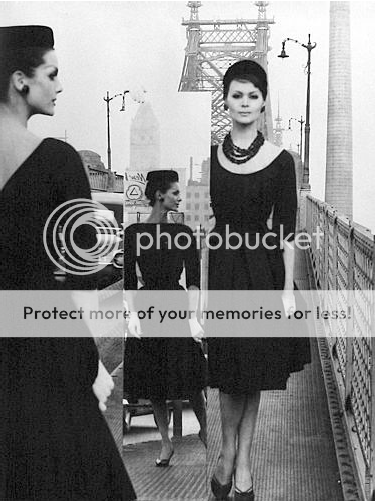


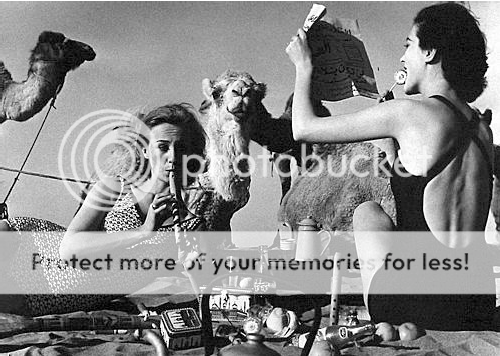
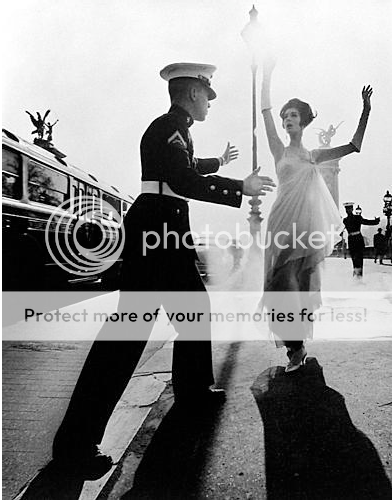
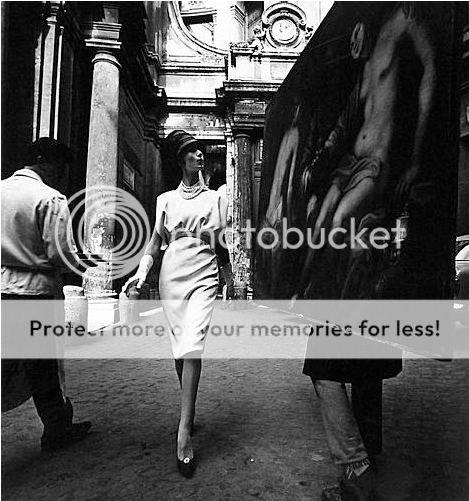

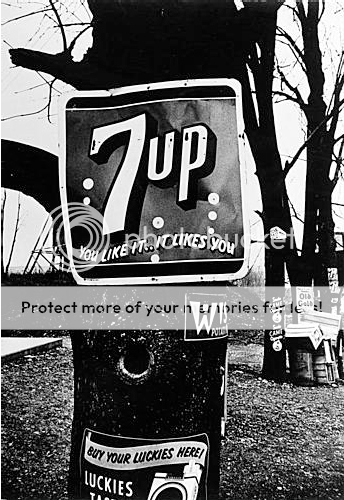
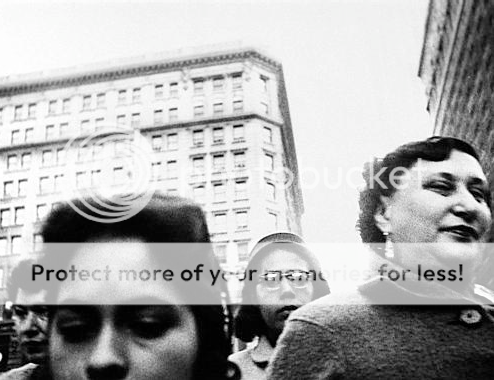
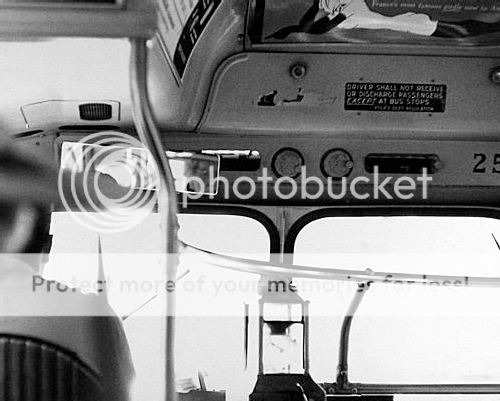

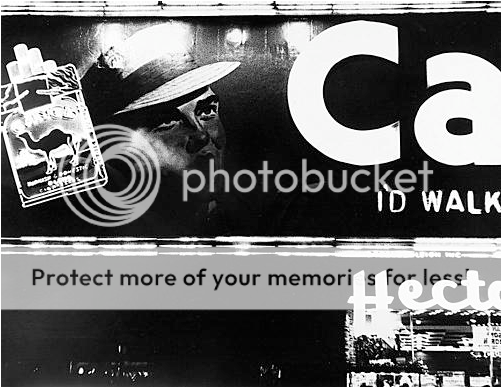



 Beautiful Thread & I can't believe we didn't have one already...Thank You Multitudes
Beautiful Thread & I can't believe we didn't have one already...Thank You Multitudes






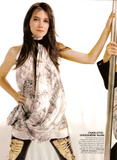

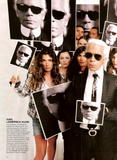







 ...
...
